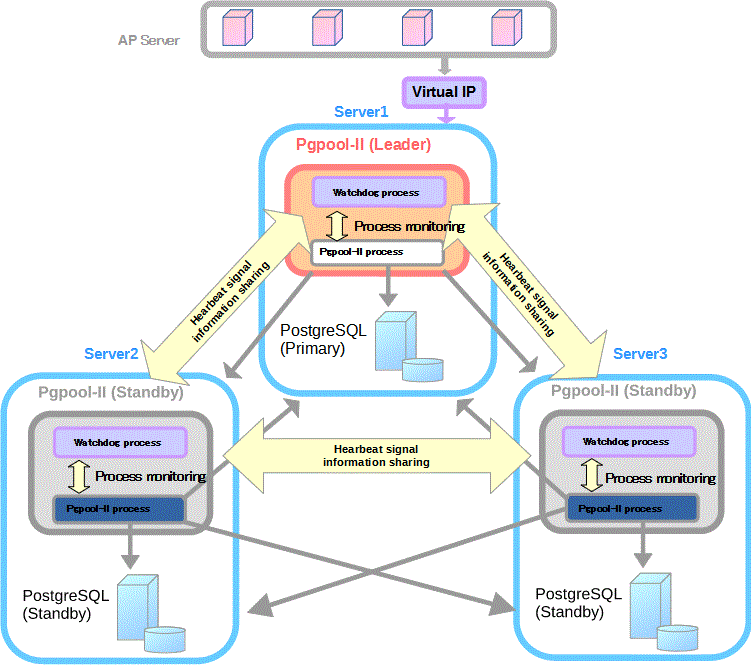

- Httpwwwfourmilab.chearthviewvplanet.html how to#
- Httpwwwfourmilab.chearthviewvplanet.html archive#
- Httpwwwfourmilab.chearthviewvplanet.html code#
- Httpwwwfourmilab.chearthviewvplanet.html professional#
To get you started, this article defines elements, attributes, and all the other important terms you may have heard. Students can explore a complete KS3 lesson about space on the Guardian's news website for children, at . English (US) Getting started with HTML Overview: Introduction to HTML Next In this article we cover the absolute basics of HTML.Each stamp should have an associated explanation outlining each student's design and subject choices.Įnglish (En1) 1a-f, 3a-e, 4a-c (En2) 2a-c (En3) 1a-f, 2a-d Īrt and design 1a-c, 5a-d Citizenship 2a-b, 3a English (En1) 1a-g, 2a-f, 3a-e, 4a-d (En2) 2a-d, 3a-g, 4i, 5a-d (En3) 1e-h History 4a-b, 13 Maths Breadth of study a-h Science (Sc4) 2a-d, 4a-eĬitizenship 2a-b, 3a English (En1) 1a-g, 2a-f, 3a-e, 4a-d (En2) 2a-d, 3a-g, 4i, 5a-d (En3) 1e-h Science single (Sc4) 3a-e Science double (Sc4) 4a-eĭrama (levels C-F) English (levels C-F) Maths (levels C-F) Environmental studies (science subjects levels C-F) Invite students to use their chosen mission and perhaps all they have learned so far to devise a set of stamps illustrating missions of the future.
Httpwwwfourmilab.chearthviewvplanet.html professional#
Browse in grid or table format, search for HTML symbols, and check out Toptal’s professional designers’ blog for digital design insights, from detailed design tutorials to in. The constellation guide provided by the BBC is rich in background information about the history and origins of the most famous (and many rather more obscure) stellar shapes: Using the idea of poets as explorers (an inspirational conceit derived from Keats) take the idea out into the Galaxy, inviting students to draw poetic inspiration from Hubble's gallery: and Keats's own poem Bright Star and these moon poems serve as a reminder of the inspiration in the night sky.įinally, the future methods of space travel are examined at with future projects outlined by Nasa: Get students to evaluate the different projects, which include sending man back to the moon, and argue for their preferred option. HTML Arrows is a comprehensive reference website for finding HTML symbol codes and entities, ASCII characters and Unicode hexadecimal values to use in your web design. The night sky and the constellations are a gift to teachers seeking an engaging way to introduce or revise myths and legends - as well as giving pupils a crash course on the geography of the heavens. Point them to some of the most accessible online guides: and They could also use recent mission descriptions: (Mars) (Venus) (Saturn) They might include something on Sedna - the recently discovered, possible 10th planet Remind students to take account of the physical changes that tourists might experience on their way to other planets: Pupils will enjoy the opportunity of playing space doctor at and they can use the calculator provided at to work out their age and weight as they bounce around outer space.įinally, make use of some of the broad range of science activities suggested by the Space Centre for Space Day: They include a gravity buster and modelling crater formations using flour, cocoa powder and a pizza box. Challenge them to come up with a brochure explaining the thrills and challenges associated with visiting each of them. The following sites provide plenty of information for this exercise: and The solar systemĪsk students to imagine that the first commercial passenger flights are about to start to every planet in our solar system. They could also reflect on their thoughts looking back at the Earth, over 350,000km away. HTML page structure: The basic structure of an HTML page is laid out below. If omitted, the browser applies the effect of the opening tag until the end of the page.
Httpwwwfourmilab.chearthviewvplanet.html how to#
Invite students to create their own description of the lunar surface as if written by Neil Armstrong as he stepped out of the landing craft. Elements and Tags: HTML uses predefined tags and elements which tell the browser how to properly display the content.

Httpwwwfourmilab.chearthviewvplanet.html archive#
A 28-minute film including archive footage, photographs and interviews of that historic trip is offered at. One billion people watched the first man set foot on the moon in 1969. Challenge them to describe the phases of the moon. Send groups of students on virtual research missions, translating what they find into Space Day lunar quizzes to test each other: (younger students) and (older students). The Guardian's education website offers a clear, animated illustration of this relationship in ks2 science.
Httpwwwfourmilab.chearthviewvplanet.html code#
The code editor lets you write and practice different types of computer languages. Familiar patterns like night and day, seasons etc and their relation to the movement of the sun, Earth and moon are often successfully understood using models in the classroom or animated whiteboards. Use W3Schools Spaces to build, test and deploy code. Older students can view the changes as they happen online. What do your pupils know of the moon? Encourage younger students to observe and draw the moon over the next month using this blank worksheet.


 0 kommentar(er)
0 kommentar(er)
